WELCOME CLARITY ON GENE EDITING
After years of farmers being on the offensive on the gene editing issue, there is finally some positive news for our industry.

After years of farmers being on the offensive on the gene editing issue, there is finally some positive news for our industry.
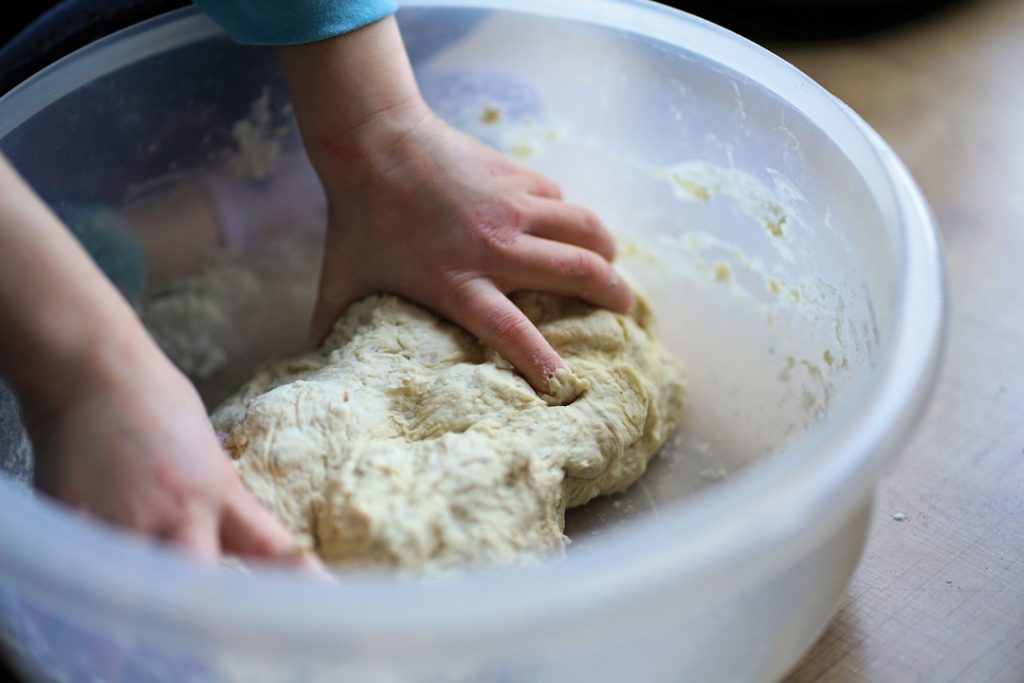
Around the world, food is under the microscope to meet health trends and government regulations. This includes the demand for baked products to contain lower salt levels.
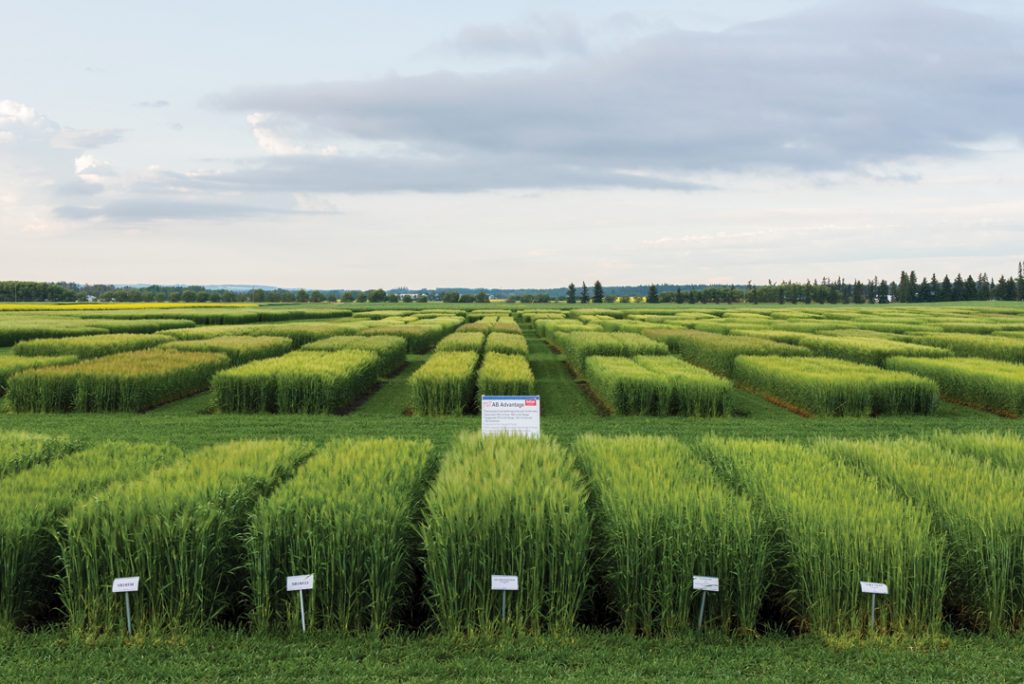
Two recently published reports conclude no single investment delivers greater ROI than varietal development. Both were authored by Richard Gray, University of Saskatchewan professor and Canadian Grain Policy Research chair. The barley report was published in July 2021, the wheat report in March of this year.
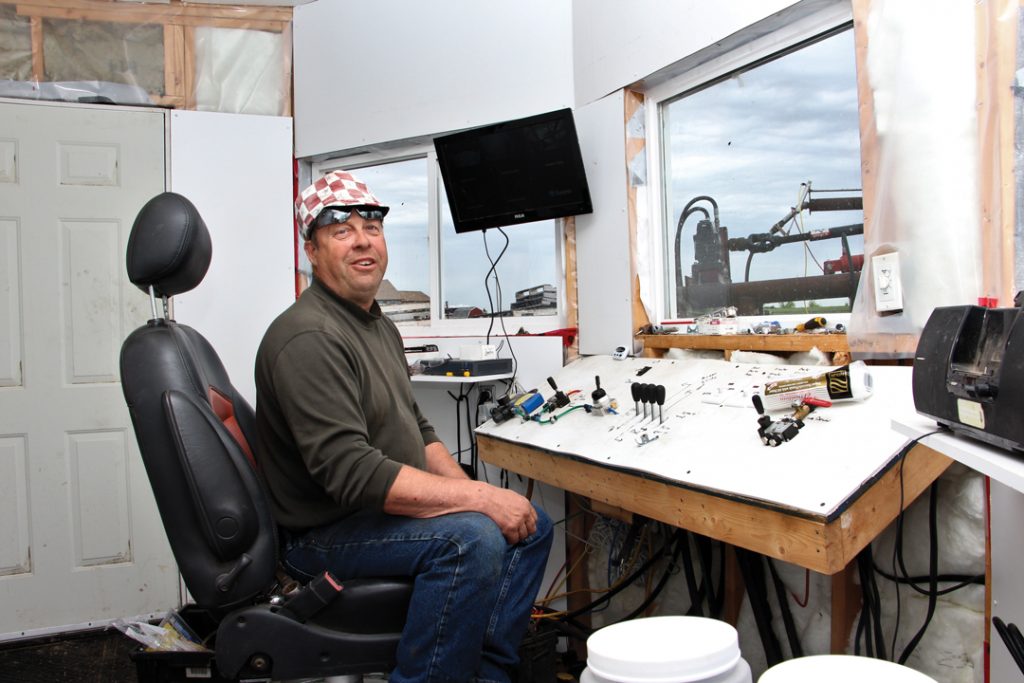
Like his hero Henry Ford, Vermilion-area farmer, entrepreneur and self-taught mechanical engineer Danny Farkash aspires to reinvent existing machines and make them better. This past spring, GrainsWest visited the sprawling farmyard where he operates the thriving ironworks division of Noralta Farms and works on numerous side projects such as a portable sawmill operation and biodiesel factory.
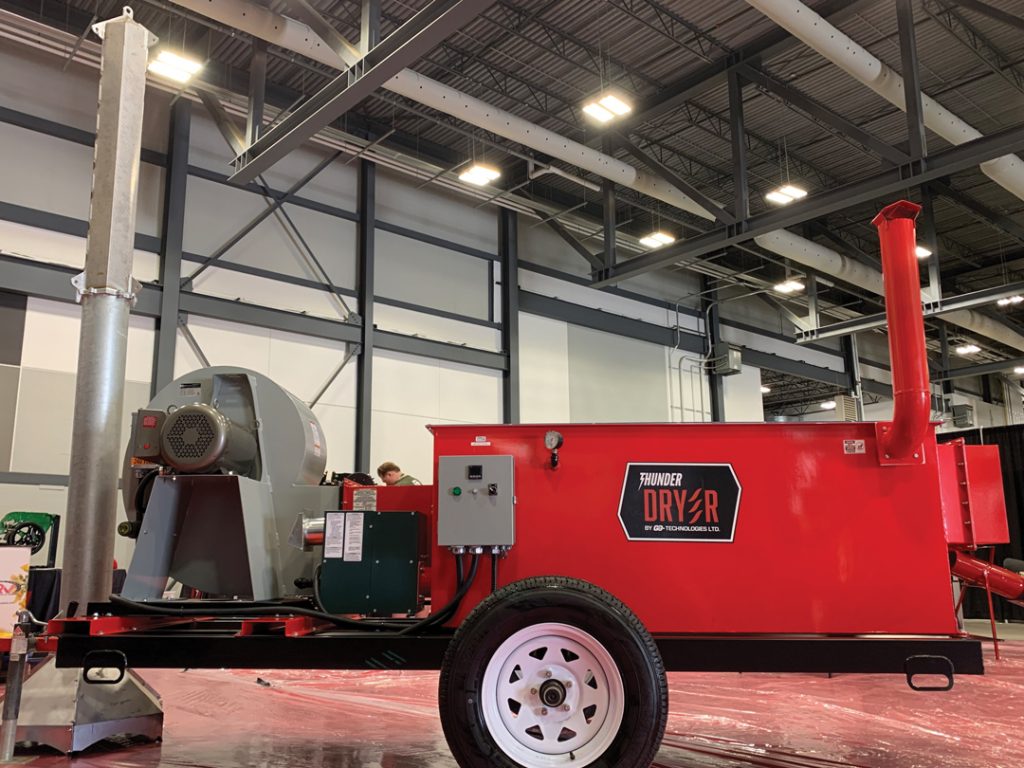
From new grain aeration technology to green energy equipment, our annual gear roundup features devices and equipment aimed to make farming faster, safer, greener and more efficient.
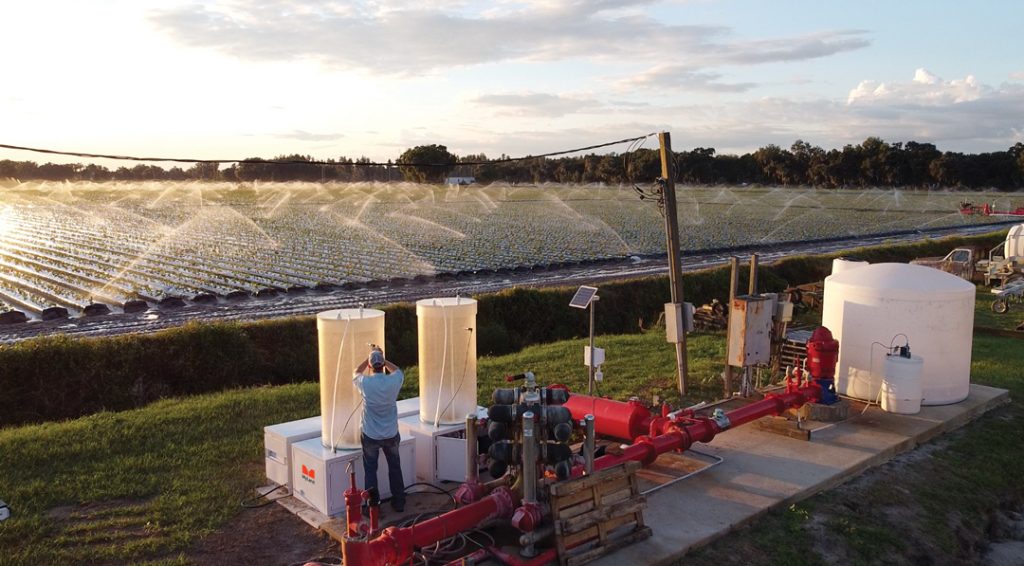
Kris Nichols, principal scientist and research director of MyLand, calls microalgae “eco-engineers” that improve soil health and benefit crops. “Our perspective on algae, oftentimes, is that they’re aquatic organisms and they’re going to be where you have a lot of water,” said Nichols. “But they are very key in very dry systems to help manage water and nutrient relationships.”
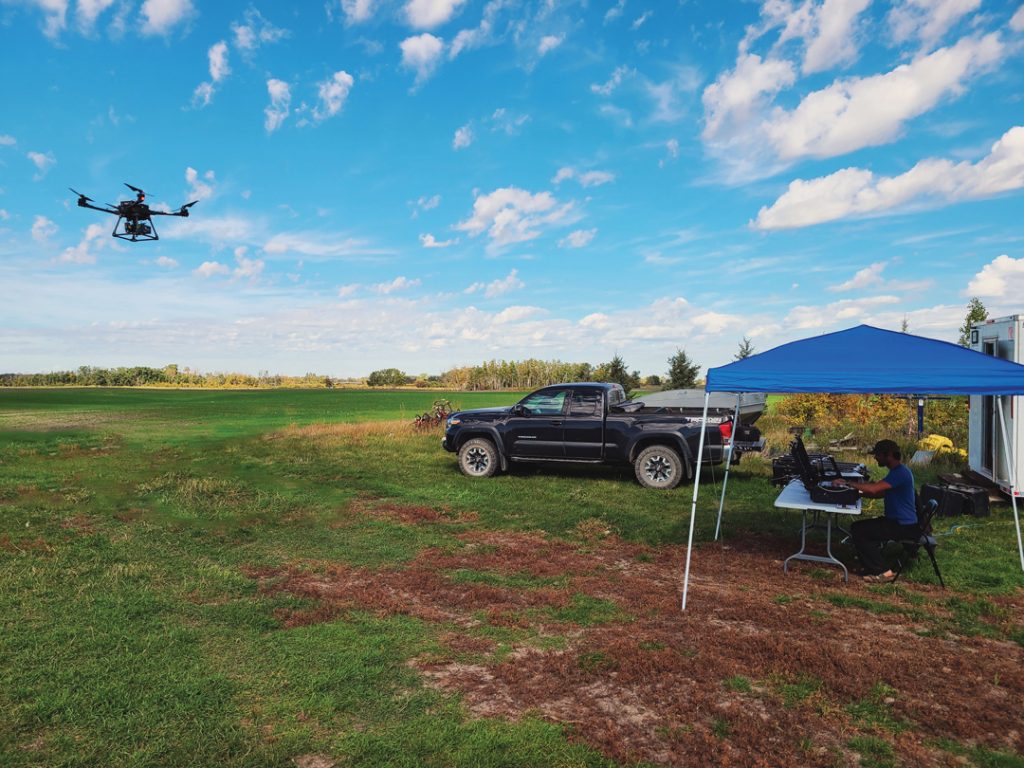
With the use of artificial intelligence and optical sensing, Regina-based Precision AI aims to enlist drones in crop spraying to reduce herbicide use and field compaction.

Raised on a farm in Peace Country, Vincent Pawluski has always loved to tinker. As a kid, he hot-rodded a Fischer Price boat with a small motor and propellor. Later, as part of an elementary school science fair project, he and his friends created a remote-controlled drill stem like those used in the oil and gas industry.
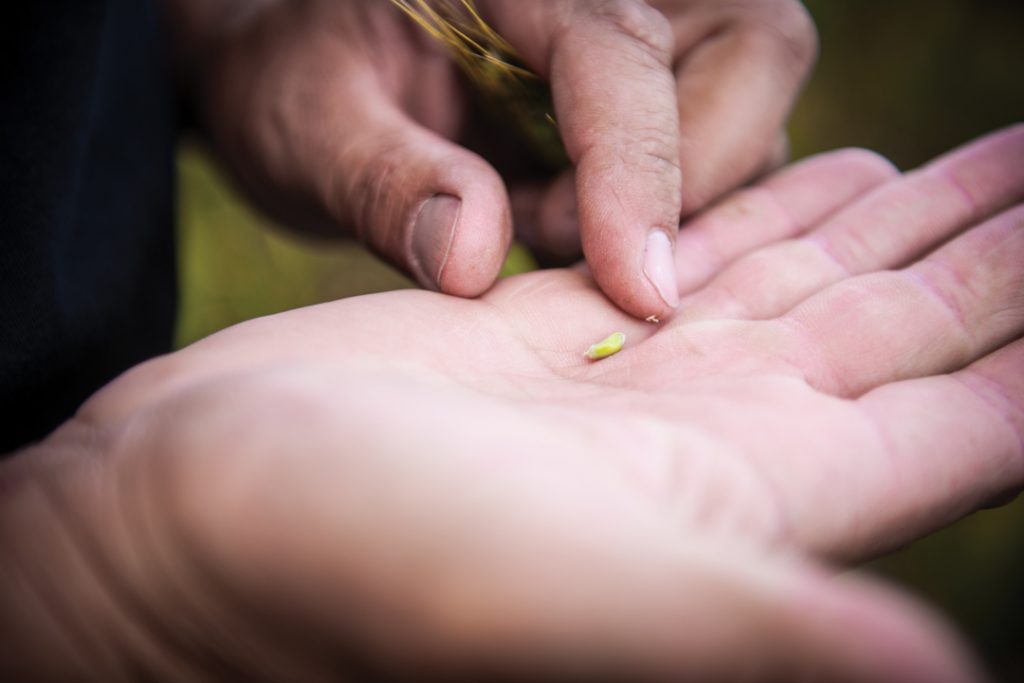
Over the last decade, grain drying has become more common on farms across the Prairies, but especially so in Alberta. It has been particularly necessary to maintain optimal quality in wet years such as 2018. That year, farmers spent an estimated $35 to $45 million on grain drying. However, little data has been compiled on efficiency in grain drying practices, until now.
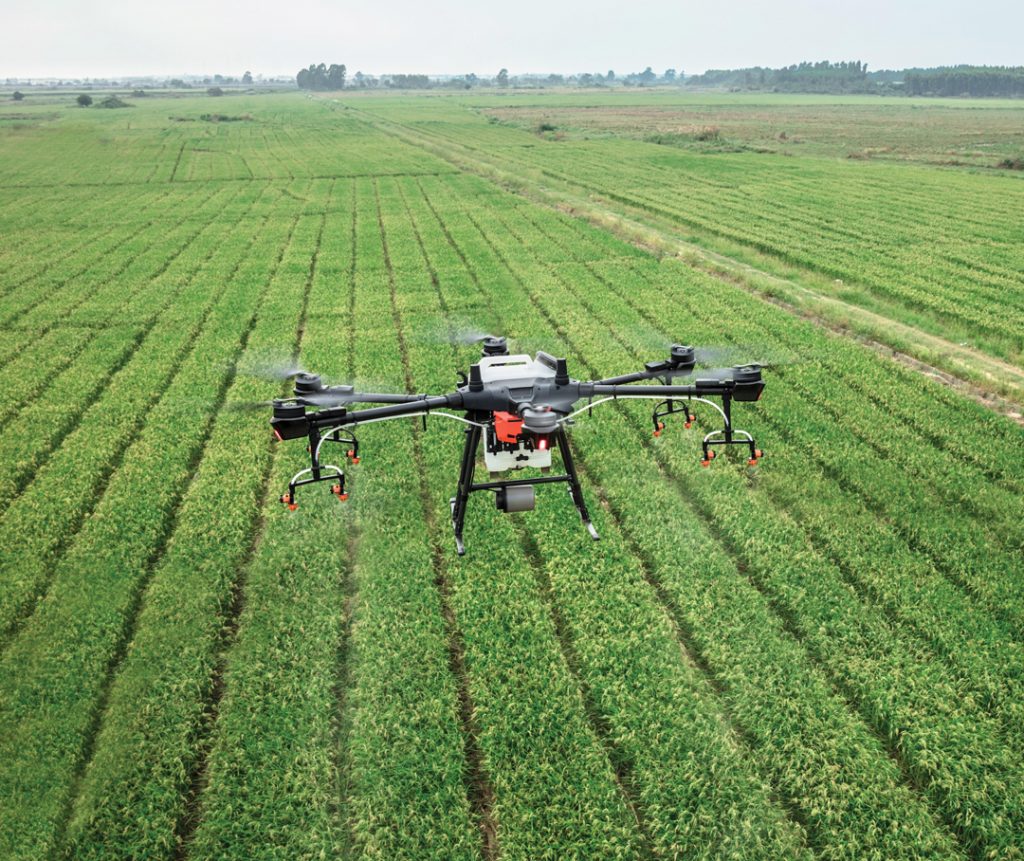
AFSC has taken its business to higher heights, about 120 metres to be exact. The insurance provider has just wrapped the second year of a drone imagery test program to better assess animal damage in crops and provide a more accurate picture of what happens in the middle of a field.